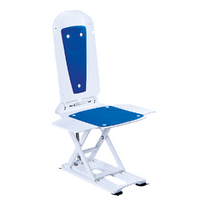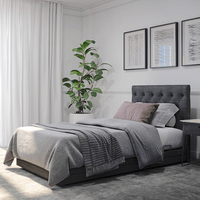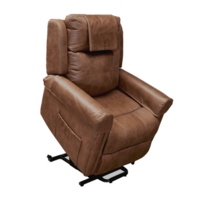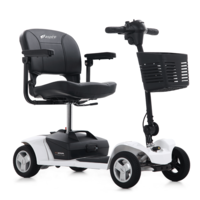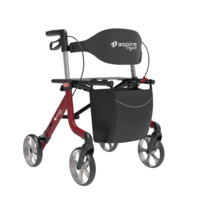Top Falls Hazards at Home and How to Prevent Them
Falls are a particular concern for people aged 65 and over. They represent the leading cause of injury in elderly Australians and represent more than three-quarters of all injury-related hospitalisations.
According to a report by the Australian Institute of Health and Welfare, more than half of all falls that require hospitalisation occur in the home. And with an increasingly ageing population in Australia, the likelihood of more falls and fall-related hospitalisations will go up.
Understanding where falls are most likely to occur in the home – and putting in steps to prevent them – can help to reduce the likelihood of a fall occurring.
Where are Falls Most Likely to Occur?
According to the AIHW report, half of all fall-related hospitalisations occur in the home. The most common cause of a fall is from a slip, trip or stumble on level ground, making up 34% of all fall-related hospitalisations. And what’s interesting is that these types of falls were more common in the younger age group (65-69) and decreased by age group.
Falls involving common household objects like beds, chairs, stairs and steps, ladders and other furniture made up a combined 15% of cases. Similar to above, with these types of falls the proportion of hospitalisations was higher for those in the younger age group, decreasing with each subsequent age group.
In comparison, the proportion of fall-related hospitalisations due to falling from a bed increases in each age group.
What can be taken from this is elderly people aged 65-69 are more likely to experience a fall while moving about the house. There are many reasons for this, but it may be that this age group is less aware of the risks of falling and may not have noticed the gradual changes in their body that make a fall more likely to occur.
What Factors Lead to a Fall?
We know that elderly people are more at risk of experiencing a fall. As we age, our bodies gradually change and this can lead to problems with balance, eyesight and reaction times. Age-related and health conditions such as joint pain, Parkinson’s disease and dementia can also lead to an increased risk of falling.
How Can Falls be Prevented?
There are many steps you can take to prevent falls from occurring at home. These include looking after your health, making changes around the home and the use of appropriate mobility aids to assist certain actions.
1. Looking After Your Health
Staying active, eating well and keeping hydrated not only help you stay healthy but can also help prevent falls at home. People who don’t maintain a healthy lifestyle tend to have poorer balance, weaker muscles and can be prone to dizziness and fatigue.
You can make it easier to maintain a healthy schedule by using a daily planner to set reminders about when to eat, drink water and get some movement in.
Making sure you have regular checkups with your doctor, optometrist, podiatrist and healthcare specialists can help you identify changes in your health before a fall.
2. Make Changes Around the Home
Knowing that most falls that occur around the home tend to happen in the main living spaces when carrying out normal activities, it’s important to continually assess what risks there may be and make adjustments to them.
This can be as simple as moving through the house and identifying potential issues as you go.
-
Look for clutter and other items blocking walkways and paths and put these away
-
Check for trip hazards like cords, loose carpet and mats
-
Identify potential slippery surfaces around the home and outside – pay attention to wet areas like the kitchen, bathroom and concrete paths
Once you’ve identified these issues, take steps to reduce the risks. For example, if there are wet leaves on pathways it may mean booking a gardener to come once a week and sweep. Improved storage can help reduce clutter laying around the home. Even changing the layout of furniture can be a simple way to prevent trips and falls. And allow the use of a mobility aid if required.
3. Fall Prevention Aids and Equipment
Mobility aids and other equipment can be an important factor in preventing falls at home. Even with other types of intervention in place, the risk of falling naturally increases as we get older. Fall prevention aids can help to reduce the risk of a fall and/or ensure that, if a fall does happen, the outcome isn’t as serious.
There is a wide range of falls prevention aids available, and can include:
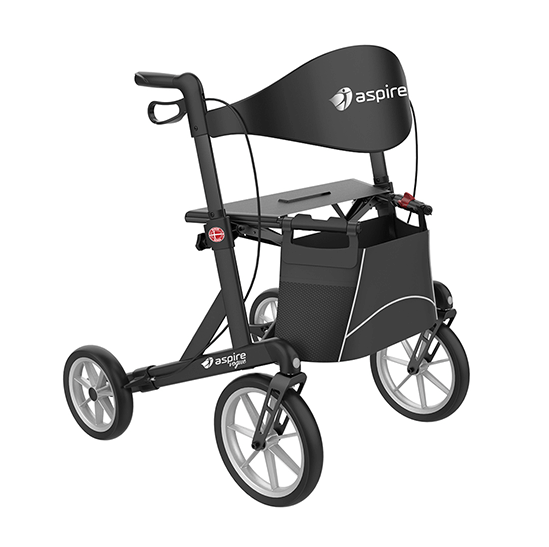
-
Grab handles, rails and support bars
-
Walkers, rollators and other mobility aids
-
Adjustable beds and armchairs
-
Shower chairs and over-toilet aids
Making sure that you have the right fall prevention aids and that they are used correctly is important. The first step is to speak with an occupational therapist or medical professional about what equipment might be beneficial. The team at Mobility HQ are also available to answer any questions and highlight the features of products in the range.
For more on falls prevention around the home and what equipment may help, check out our Buyer’s Guide to Falls Prevention.

















